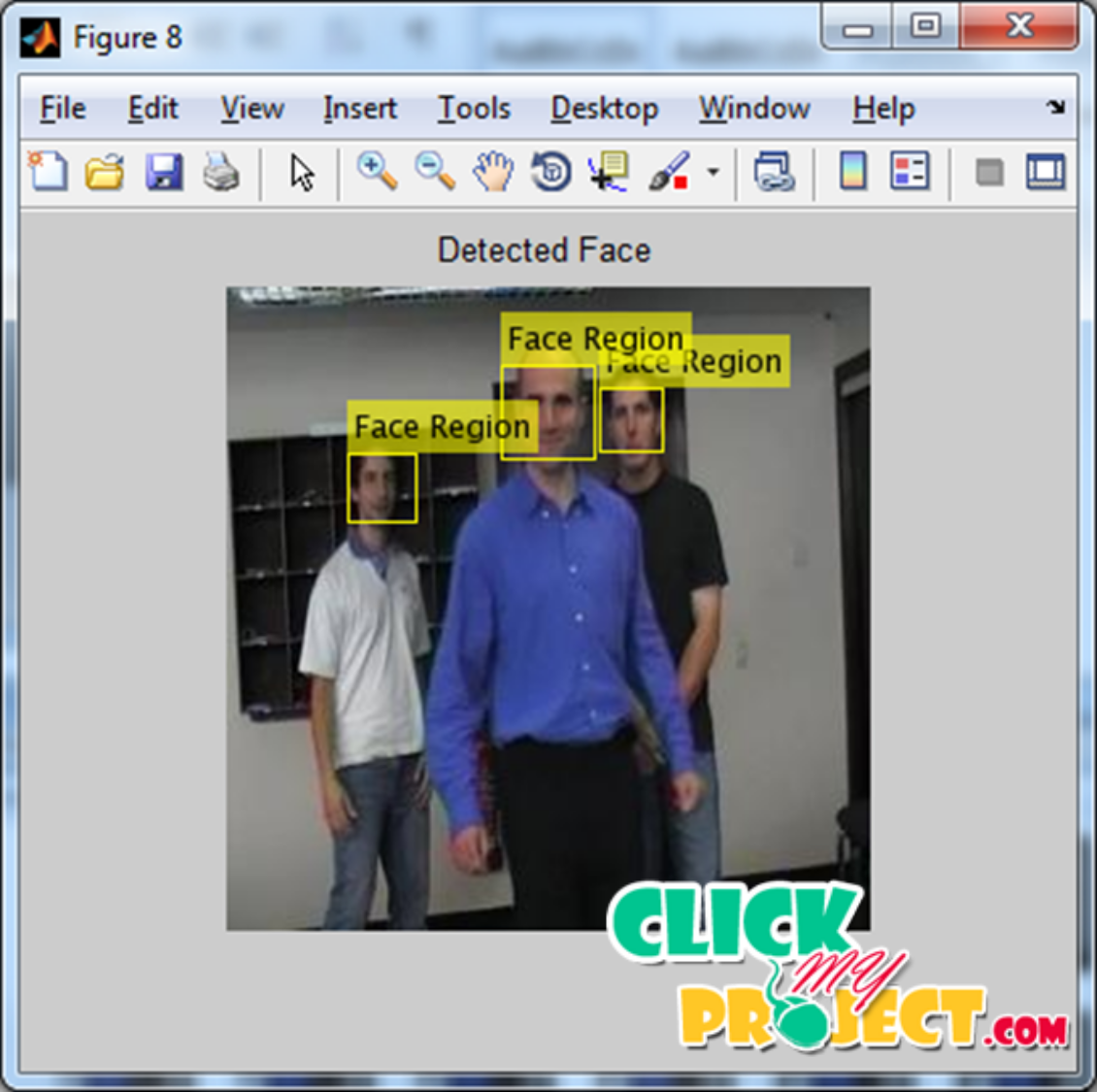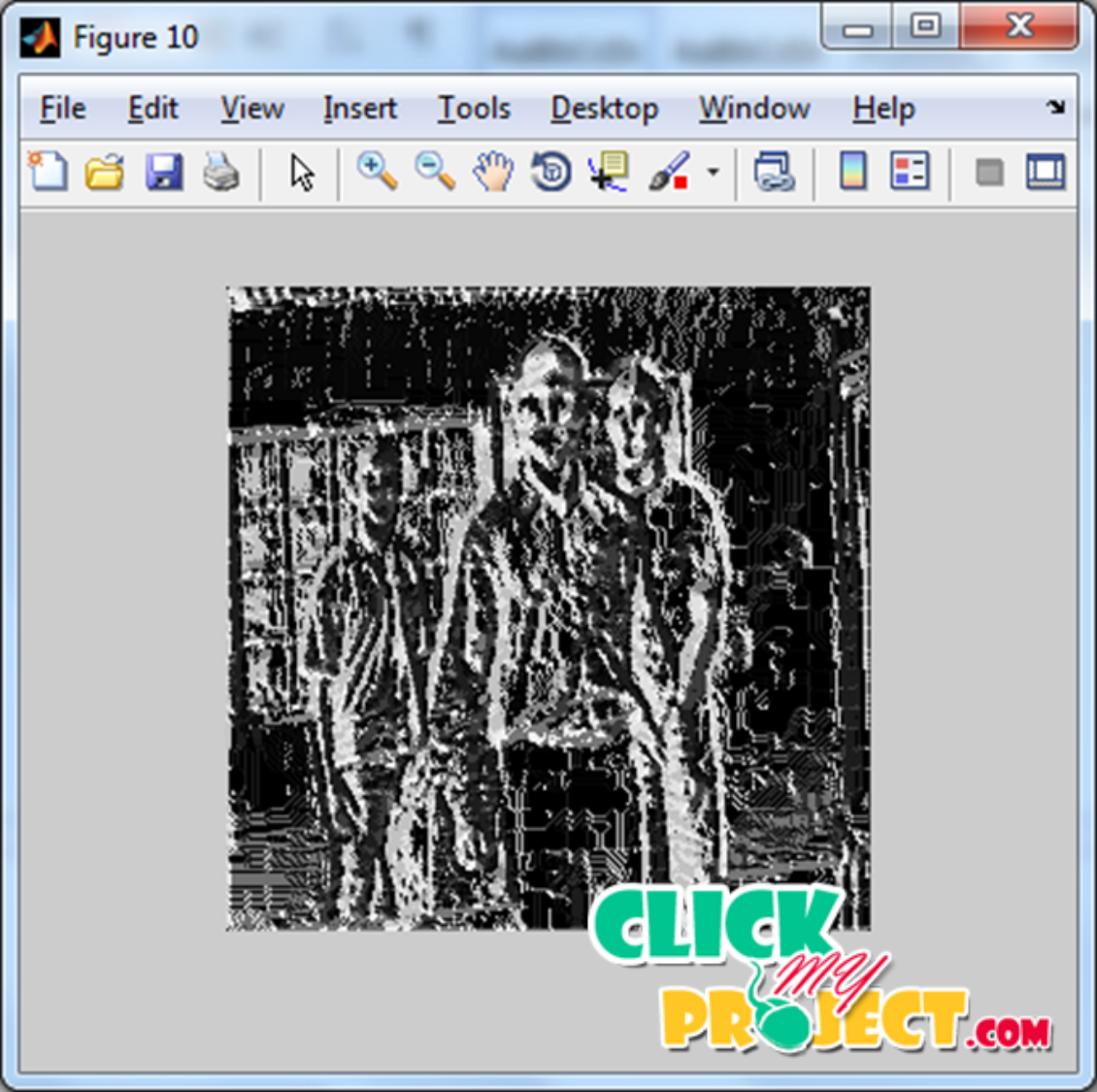Face recognition under varying illumination based on adaptive homomorphic eight local directional patterns
₹3,500.00
10000 in stock
SupportDescription
Spoofing attacks are one of the security traits that biometric recognition systems are proven to be vulnerable to. When spoofed, a biometric recognition system is bypassed by presenting a copy of the biometric evidence of a valid user. Among all biometric modalities, spoofing a face recognition system is particularly easy to perform: all that is needed is a simple photograph of the user. Spoofing attack is the action of outwitting a biometric sensor by presenting a counterfeit biometric evidence of a valid user. It is a direct attack to the sensory input of a biometric system and the attacker does not need previous knowledge about the recognition algorithm. Most of the biometric modalities are not resistant to spoofing attacks: the biometric systems are usually designed to only recognize identities without concern whether the identity is live or not. Despite the existence of very sophisticated biometric authentication and verification systems nowadays, implementing anti-spoofing schemes for them is still in its infancy. Existing approaches are conceptually simple, multiple frames are required to track face components, which leads to an increase in the detection time, and highly cooperative user actions are also required. In this project the system propose a novel and simple method for detecting face liveness from a single image. The key idea of the proposed method is that the difference in surface properties between live and fake faces can be efficiently estimated by using diffusion speed. Compared with the existing system, the proposed method performs well regardless of the image medium and even under varying illuminations.




